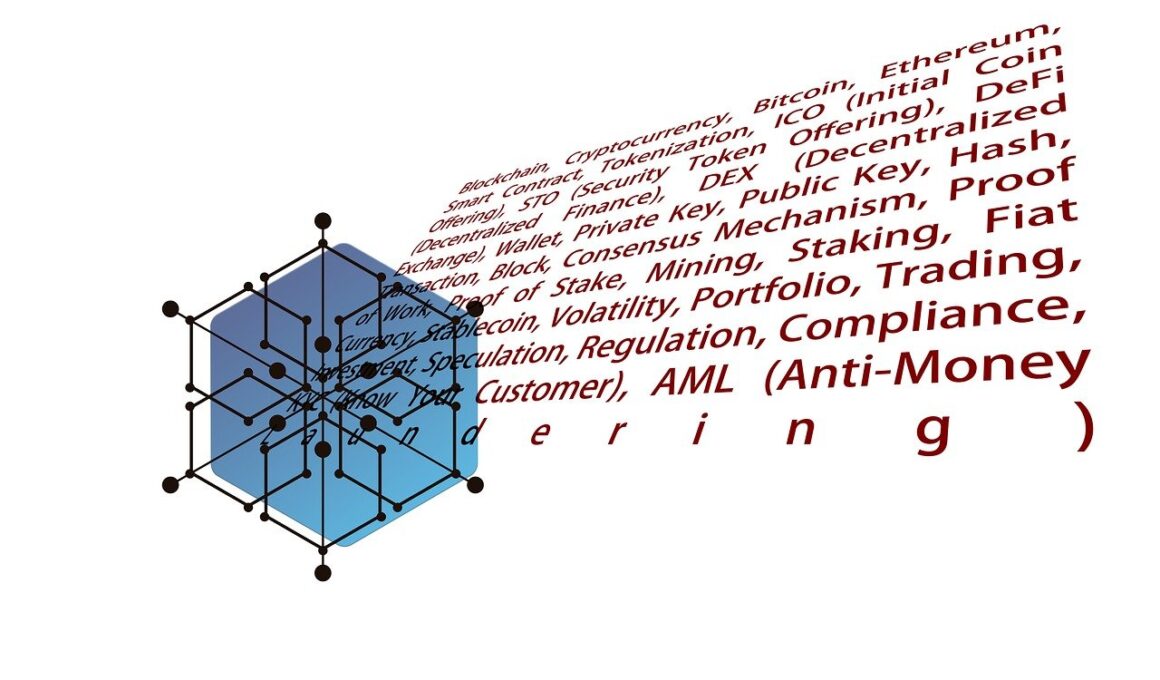How to Ensure Compliance in Project Portfolio Management Processes
In today’s fast-paced business environment, ensuring compliance in Project Portfolio Management (PPM) is crucial. Organizations must adhere to various regulations and internal policies while delivering projects effectively. Compliance involves aligning projects with strategic goals, managing resources wisely, and mitigating risks. This requires implementing robust processes that can assess and monitor compliance throughout the project lifecycle. First, organizations should establish a clear governance framework. This includes defining roles and responsibilities related to compliance. Identifying who is responsible for compliance at each project stage ensures that processes are followed. Regular training and communication are vital for keeping staff informed about compliance requirements. Periodic audits and reviews of project portfolios help identify areas requiring improvement. Additionally, using project management software can streamline compliance tracking. Such tools can automate reporting and help teams stay compliant efficiently. By developing a culture of compliance within the organization, project teams can more easily embrace compliance standards. Ultimately, a disciplined approach to PPM fosters not only effective project delivery but also enhances overall organizational performance and stakeholder trust. Therefore, organizations should prioritize compliance within their project portfolio management efforts.
Compliance frameworks are essential in ensuring governance and accountability within project management practices. By adopting recognized standards, such as PMI’s PMBOK or ISO 21500, organizations can effectively guide compliance in their PPM. These frameworks help establish a baseline for managing risks associated with projects. It’s important for organizations to evaluate their current PPM practices against these standards. Furthermore, regular training sessions can enhance team members’ understanding of the frameworks and their applicability. Engaging teams in workshops and discussions about governance strengthens their ability to implement compliance measures effectively. Keeping project documentation up to date will also play a significant role in ensuring compliance. This includes maintaining accurate records of decisions, changes, and project progress. Transparency through detailed documentation not only aids in compliance but also improves communication among stakeholders. Compliance checks should be a regular part of project reviews and audits. These checks help ensure alignment with standards and policies throughout project execution. By consistently integrating compliance measures into the PPM process, organizations can minimize risks while maximizing efficiency. Ultimately, establishing a strong compliance framework leads to enhanced project success and greater stakeholder confidence.
Risk Management in PPM Compliance
Effective risk management is a cornerstone of compliance in Project Portfolio Management. Project risks can vary significantly across different portfolios, and understanding these risks can clarify compliance challenges. Organizations must identify potential compliance risks specific to their projects through thorough assessments. Employing qualitative and quantitative risk analysis provides insights into the likelihood of compliance failures. Once the risks are identified, developing a comprehensive risk mitigation strategy becomes essential. This strategy should outline the steps to minimize risks to ensure compliance is maintained throughout project execution. Regularly updating and revisiting the risk register allows teams to adapt to new compliance challenges that may arise. Engaging stakeholders in risk management discussions fosters a collaborative approach to compliance, giving diverse perspectives on potential issues. Moreover, utilizing risk management software can streamline the identification and tracking of compliance-related risks. These tools can equip project managers with real-time data for informed decision-making. By proactively addressing compliance risks, organizations can enhance their PPM effectiveness. Additionally, cultivating a risk-aware culture encourages team members to share concerns promptly. Therefore, integrating robust risk management practices is vital for safeguarding compliance within project portfolio management.
Stakeholder engagement plays a vital role in ensuring compliance in project portfolio management. Identifying key stakeholders and involving them early in the planning process enhances communication regarding compliance requirements. Stakeholders often possess valuable insights into potential compliance challenges and risk factors. Regular updates on project progress and compliance adherence can create a sense of ownership among stakeholders. Furthermore, involving stakeholders in decision-making processes strengthens the alignment of project objectives with organizational goals. Their feedback is crucial in refining compliance strategies and building trust throughout the project lifecycle. It’s also imperative to establish clear communication channels for ongoing dialogue regarding compliance matters. This transparency helps cultivate positive relationships and encourages a collaborative environment. Organizing meetings and workshops for stakeholder engagement fosters a shared understanding of compliance needs. During these sessions, project managers can clarify compliance requirements, address concerns, and seek advice. Engaging stakeholders ensures that compliance is not viewed as a mere task but as a shared responsibility. By prioritizing stakeholder involvement, organizations can enhance their PPM processes significantly. Ultimately, the investment in stakeholder engagement leads to improved compliance outcomes and more successful project portfolios.
Technology’s Role in Compliance
Technology plays a transformative role in supporting compliance within project portfolio management. Various project management software solutions facilitate the tracking of compliance requirements and obligations. These tools can automate reporting, provide access to necessary documentation, and help teams manage compliance more effectively. Furthermore, implementing dashboards can offer real-time insights into project status and compliance adherence. This visibility enables project managers to spot potential compliance issues early, allowing for timely corrective actions. Additionally, compliance management solutions specifically designed for project management can integrate with existing systems to centralize compliance data. Such integration simplifies monitoring and governance related to compliance. Additionally, utilizing document management systems ensures that project documentation is organized and easily retrievable. This organization fosters clarity and accountability, particularly during audits and reviews. Automated workflows can ensure that compliance-related tasks are completed on schedule, reducing the risk of oversights. Employing technology enhances the efficiency of compliance management processes while minimizing human error. Therefore, organizations should continuously explore technology advancements to improve their compliance efforts. Investing in supportive technology not only streamlines compliance but also enhances overall project execution.
Continuous improvement is essential for maintaining compliance in project portfolio management. Establishing metrics to assess compliance performance allows organizations to identify areas for enhancement effectively. Regularly collecting data on compliance adherence provides insight into strengths and weaknesses within the PPM process. Analysing this data can reveal trends or patterns that may require attention in compliance strategies. Once these insights are gained, organizations should develop action plans to address compliance gaps. This proactive approach promotes agility in responding to compliance challenges. Engaging in feedback loops with project teams and stakeholders can further strengthen continuous improvement initiatives. Encouraging teams to share their experiences regarding compliance can uncover valuable information for practical enhancements. Additionally, recognizing and rewarding compliance efforts among team members fosters a culture of accountability and commitment to compliance excellence. Implementing lessons learned from project reviews into future project planning ensures that continuous improvement is engrained within the organizational culture. Overall, the commitment to continuous improvement reinforces compliance within project portfolio management. By embedding these practices, organizations can ensure standards are met and ultimately achieve greater project success.
Conclusion
In conclusion, ensuring compliance in project portfolio management is an ongoing journey that requires strategic consideration, comprehensive risk management, and technological support. Organizations that prioritize compliance not only enhance their project success rates but also build trust with stakeholders. By establishing a clear governance framework and actively engaging stakeholders, compliance becomes an integral part of the project process. Organizations must also leverage technology to streamline compliance management and foster a culture of accountability. Continuous improvement practices allow organizations to adapt to changing compliance requirements and enhance their overall project execution. It is crucial to remember that compliance is not merely a regulatory requirement but an opportunity to improve operational efficiency and effectiveness. Therefore, cultivating a proactive, informed approach to compliance can position organizations favorably in a competitive market. By following the outlined strategies, organizations can cultivate a robust compliance framework. Ultimately, achieving compliance in project portfolio management leads to trusted partnerships, higher efficiency, and sustainable organizational growth. These practices lay the groundwork for successful project delivery and foster resilience in a rapidly evolving business landscape.


